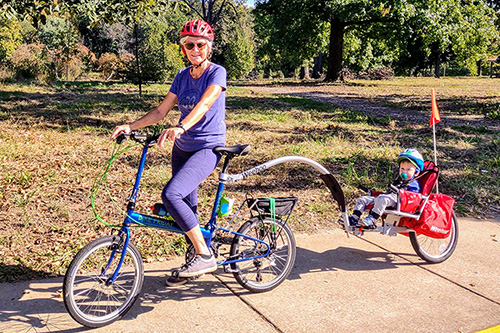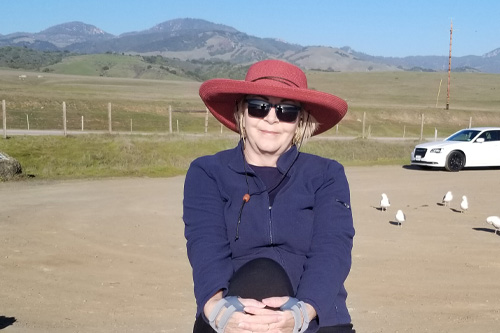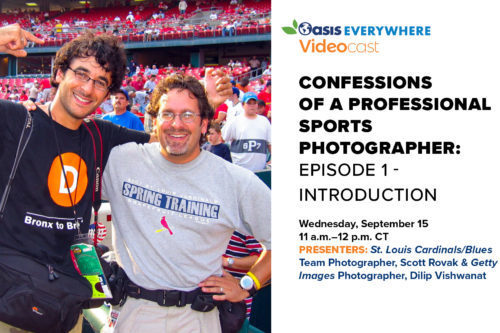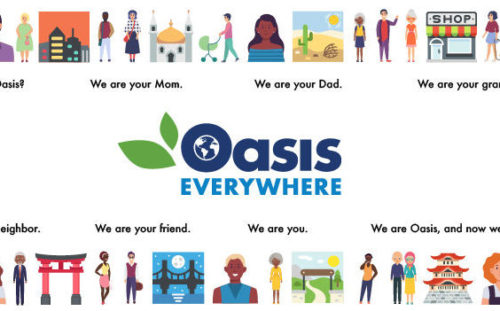Food deserts, as the name implies, are areas where access to healthy and fresh foods is limited. Simply put, quality grocery stores and affordable food options are in short supply.

Often, food deserts give rise to food “swamps,” areas littered with convenience stores and fast food restaurants. The lack of nutritious food options leaves people with few food choices and undermines their ability to live healthy lives.
Why are food deserts a problem?
Food deserts negatively impact the health of those living within them. Without access to healthy food choices, people are forced to consume highly processed foods that are packed with sugar, salt and fat. This nutrient-poor diet increases the risk of diet-related health problems, such as obesity, Type 2 diabetes and heart disease. According to the Centers for Disease Control and Prevention (CDC), heart disease is the leading cause of death, while Type 2 diabetes is the 7th leading cause of death in the United States. Obesity is a major compounding factor in both of these issues. As people acquire chronic illnesses, they experience a lower quality of life. Medical costs also rise. A CDC report in 2009 found that medical costs for obese individuals were $1,429 more than individuals of normal weight.
Food deserts are concerning not only because of the health issues they cause, but also because people might not realize they live in a food desert. It is easy to accept eating daily at convenience stores or fast food restaurants when there are few other options. It quickly becomes the norm. Everyone wants to live a long, healthy life, but this can be harder for those living in a food desert.
What’s the solution?
The widespread nature of food deserts presents a challenge that cannot be ignored. While there is no easy solution to address food deserts, there are ways to raise awareness and help those living in food deserts take action:
- Organize a community garden for fresh vegetables
- Coordinate rides to a supermarket
- Host healthy potlucks with friends and others in the community
- Organize to address their local government for healthier food options
- Educate people of all ages about the benefits of living healthy lifestyles
It important to remember that food deserts have a negative impact on people of all ages, including children. Adults across the nation are doing their part by participating in Oasis CATCH Healthy Habits, the nation’s largest evidence-based, intergenerational health program that unites caring adult volunteers to inspire children to adopt healthy eating and physical activity habits for a lifetime.
Teams of volunteers work with children in after-school and summer programs for up to 25 weeks. Each one-hour session includes at least 30 minutes of fun, active games, hands-on nutrition lessons, and a healthy snack. The program introduces children to healthy living strategies, and many share what they learn with their families. CATCH Healthy Habits volunteers also benefit. In addition to working with children to address the problem of childhood obesity, many report improvement in their own lifestyle choices.
To learn more visit the CATCH Healthy Habits website.
Once you know how, finding healthy food, including desserts, is easy! For recipes and other helpful tips on healthy living, check out these FREE Healthy Living Guides.

CATCH Healthy Habits is made possible with generous support from Anthem Foundation.
 Clarence Chu, Class of 2016 – Clarence is a student entering his senior year at Washington University in St. Louis studying Biochemistry and Anthropology. He is from Orange County California and says he’s enjoyed every single moment as part of the Oasis team.
Clarence Chu, Class of 2016 – Clarence is a student entering his senior year at Washington University in St. Louis studying Biochemistry and Anthropology. He is from Orange County California and says he’s enjoyed every single moment as part of the Oasis team.






Leave A Comment
You must be logged in to post a comment.